Simulator racing, otherwise known as sim racing, has heavily affected real life racing. Sim racing is a realistic form of motorsport based completely online that has allowed for people to race competitively without any real-life restrictions. Drivers use a wheel and pedal system that is connected to their computers to help them turn laps around circuits of their choice. Sim racing platforms have developed over time to become almost identical to real racing, but instead of drivers being at a track, they are in their houses. Sim racing has introduced many talented drivers to the real racing world, which has allowed for people who wouldn’t have had racing opportunities otherwise to get the chance to compete in high quality equipment.
The realism that simulators provide help drivers learn the tracks and cars without being restricted by testing regulations, as explained by Racer. Using a simulator saves racing teams money and resources, since they don’t have to transport a car to a track, and they can spend more time practicing. Race teams use a simulator called iRacing, which uses laser scanned tracks and digital versions of real cars to give a realistic feel to the simulator, which helps drivers learn the feel of the track. Since sim racing uses steering wheels and pedals, drivers can learn when to turn, and when to hit the brakes, even if they haven’t driven the specific track yet.
During the Covid-19 pandemic, the entire world of sports was forced to shut down, including motorsports. Different types of motorsport, like Nascar and Indycar weren’t going to go silent during the pandemic break, so they started doing races on simulators like iRacing. Autoweek states that Nascar, iRacing, and Fox Sports teamed up to create the eNascar iRacing Pro Invitational Series, a seven race competition held between some of Nascar’s best drivers online. The series was extremely successful, and it provided both fans and drivers with some excitement during the tough times. It also helped prepare the drivers for what racing would be like when they returned back to real life.
However, not only professional drivers use simulators. Amateur drivers can still get into simulator racing, while paying less than it would cost to race in real life. According to Flow racers, a simulator can cost anywhere between $1,000 to $100,000, depending on how accurate and detailed drivers want their simulators to be. Racers can pick and choose what they want in their setup to match the type of racing they want to try. These amateur racers can also participate in races and series that reward the top drivers. Some drivers on simulators have been discovered by large teams and brought up into the highest ranks of motorsport. A great example of a simulator racer that became a real driver is William Byron. NBC Sports states that Byron started sim racing when he was only 13 years old, and used his knowledge from the simulator to become a successful short track racer in North Carolina, where he was discovered by multiple Nascar teams. Byron is now in his sixth year in the Nascar Cup Series, and he has gathered 10 wins in his Cup Series career.
Simulator racing is only becoming more advanced as the years go by, with the details and intricacies constantly improving. The benefits of sim racing are becoming more and more apparent, with simulations continuously adding to the real-life counterpart.


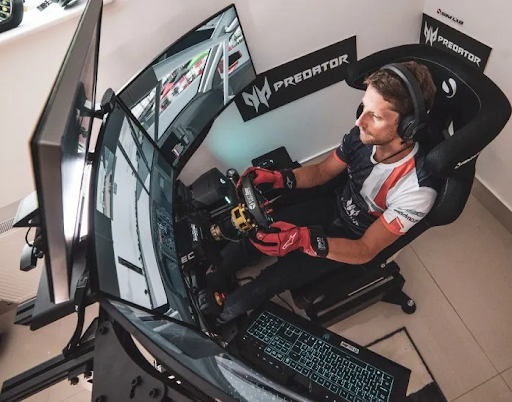
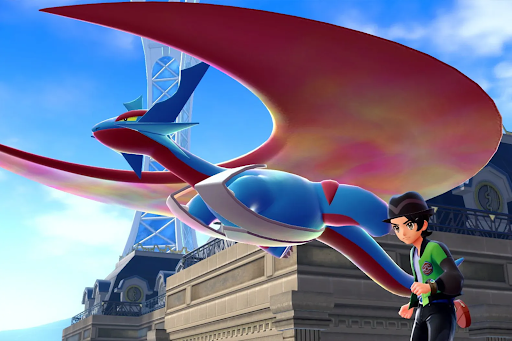




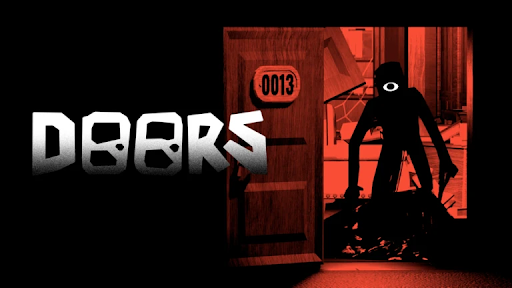
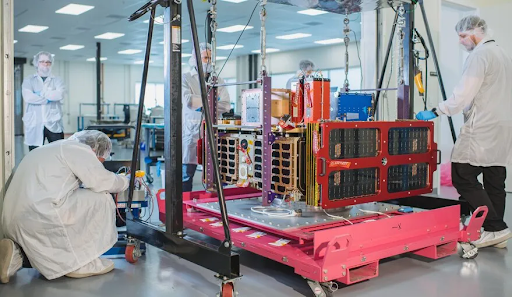

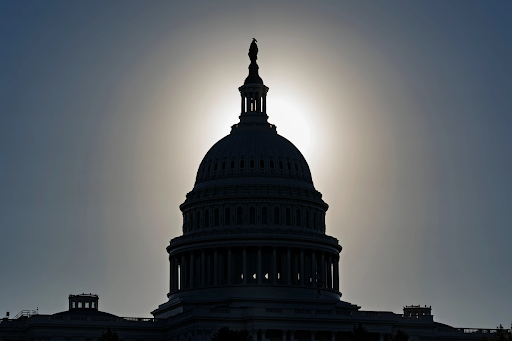





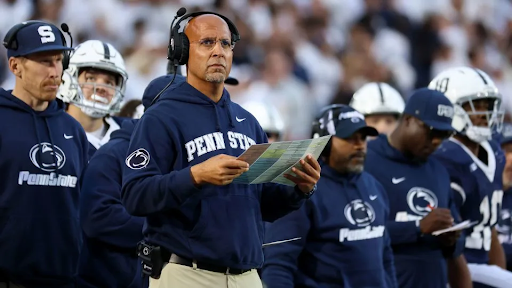



ryder • Sep 28, 2023 at 10:56 am
nice